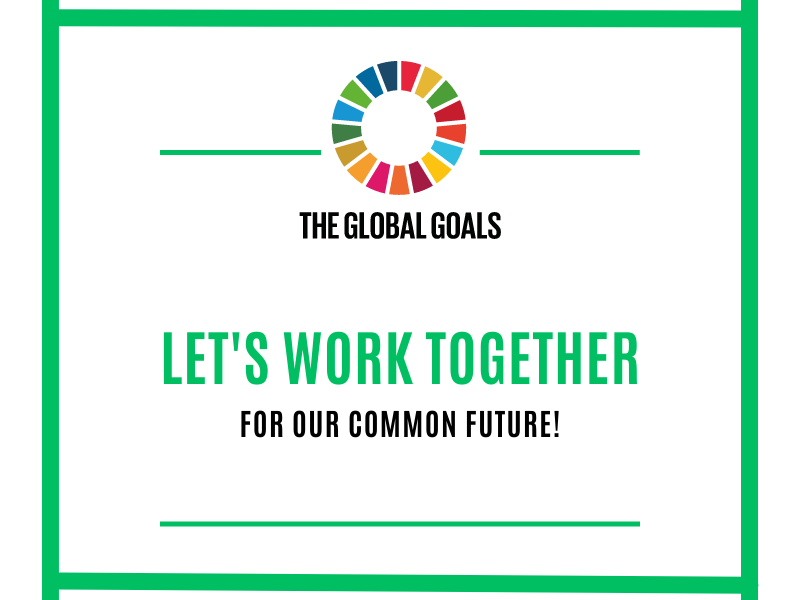Author: ACIB
The 17 Sustainable Development Goals (SDG), defined by the UN in 2016, aim at securing the sustainable development globally in terms of economic growth, resource management, equality, ecosystem and the enhancement of resilience. The central topic of Bionanopolys, which is the safe and sustainable development of bio-based nanomaterials, perfectly fits into this Agenda 2030. In particular, Bionanopolys addresses the goals 8 (Decent work and economic growth), 9 (Industries, innovation and infrastructure), 12 (Responsible consumption and production), and 13 (Climate action). Let’s have a look, how these goals can be connected with the Bionanopolys mission.
Responsible consumption and production
The major objective of goal 12 is to reduce waste and pollution, improve the resource efficiency and enable a circular bioeconomy. This is exactly what the Open Innovation Test-Bed (OITB) Bionanopolys offers: a comprehensive portfolio of technologies and services proposes to extract valuable compounds from lignocellulosic biomass, generate nanocomposites from them and use them for functional nanomaterials that are relevant for different industrial sectors. These novel bio-based materials are going to be tested in terms of recyclability, safety and sustainability and will lead to a reduced amount of waste while enabling recycling and reuse.
Climate action
Goal 13 is subjected to combatting climate change by the reduction of greenhouse gas emissions. By replacing conventional (fossil-based) materials with bio-based alternatives, greenhouse gas emissions can definitely be reduced and therefore, bionanomaterials can contribute to mitigating climate change. A sound life-cycle assessment is included in the holistic service portfolio of Bionanopolys, which allows to determine environmental impacts of a particular approach.
Decent work and economic growth
Bionanopolys is an OITB for SMEs, for start-ups and for companies that are willing to develop innovative solutions for a better future. It intends to significantly improve resource efficiency and – as target 8.4 states – to “decouple economic growth from environmental degradation”. The crucial aspect on the way to a successful technology is to join forces within a network of experts and close the gaps of expertise. Bionanopolys supports innovative ideas, which on the long term creates new job opportunities and business cases.
Industries innovation and infrastructure
In terms of Goal 9 Bionanopolys goes into the same direction: the OITB environment enables young entrepreneurs and innovators to find their position in a particular value chain and to accelerate the integration of technologies into the market by providing access to business services. Bio-based nanomaterials can significantly contribute to advancements in technology and innovation and offer new possibilities for various industrial sectors such as packaging, construction, textile, or cosmetics.
Let’s create an impact and meet the global goals in a joint approach!

